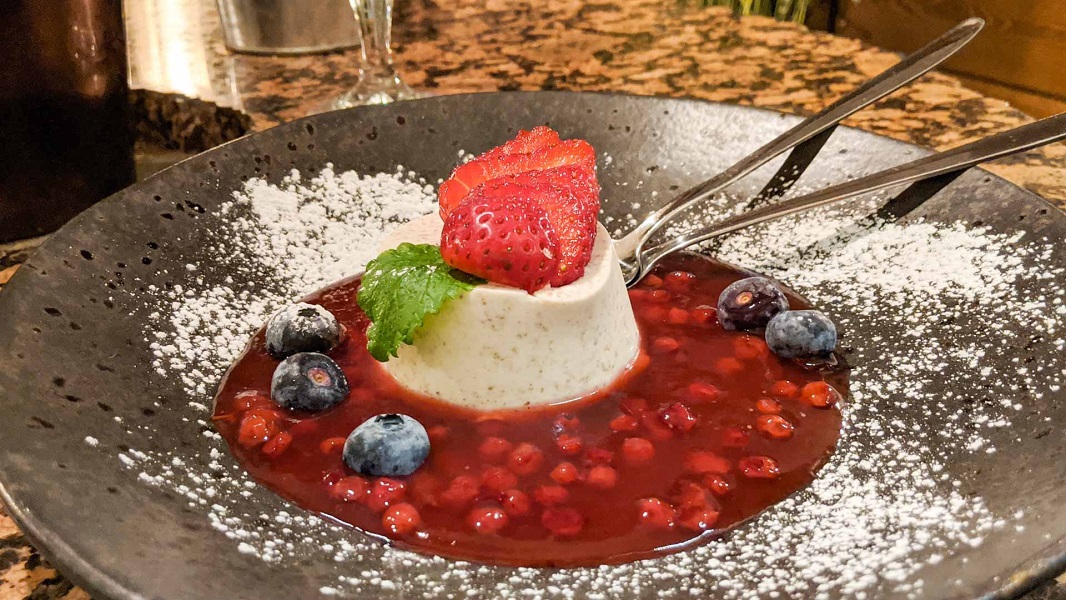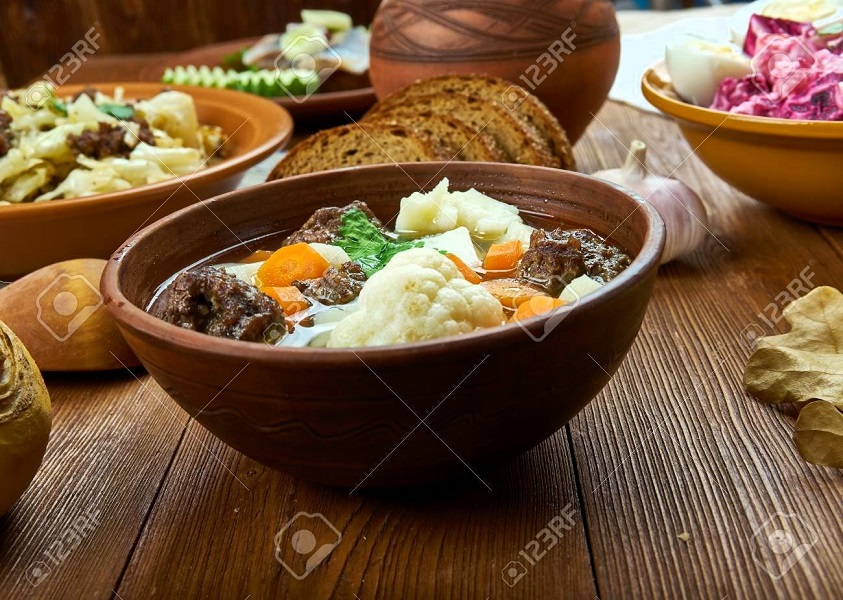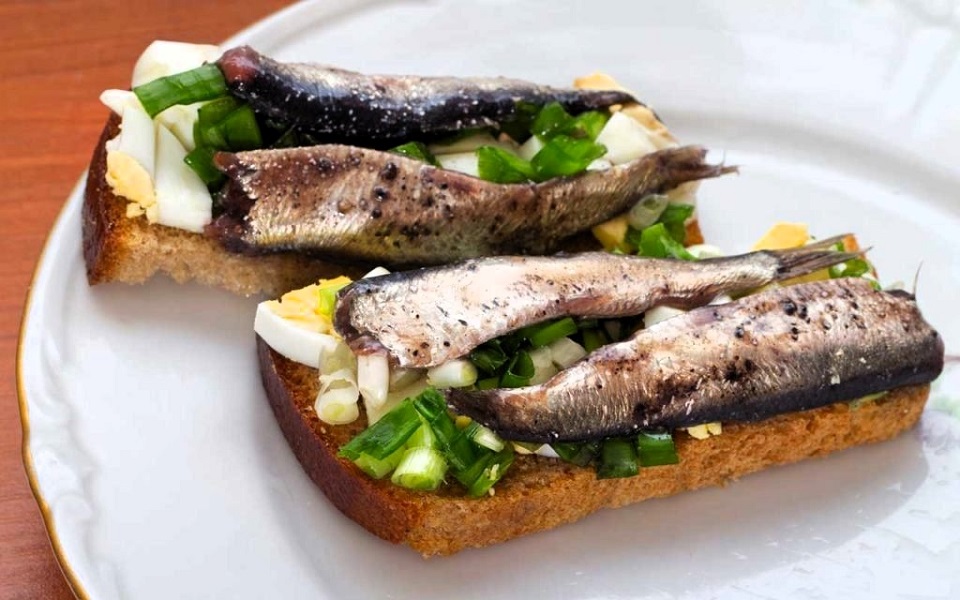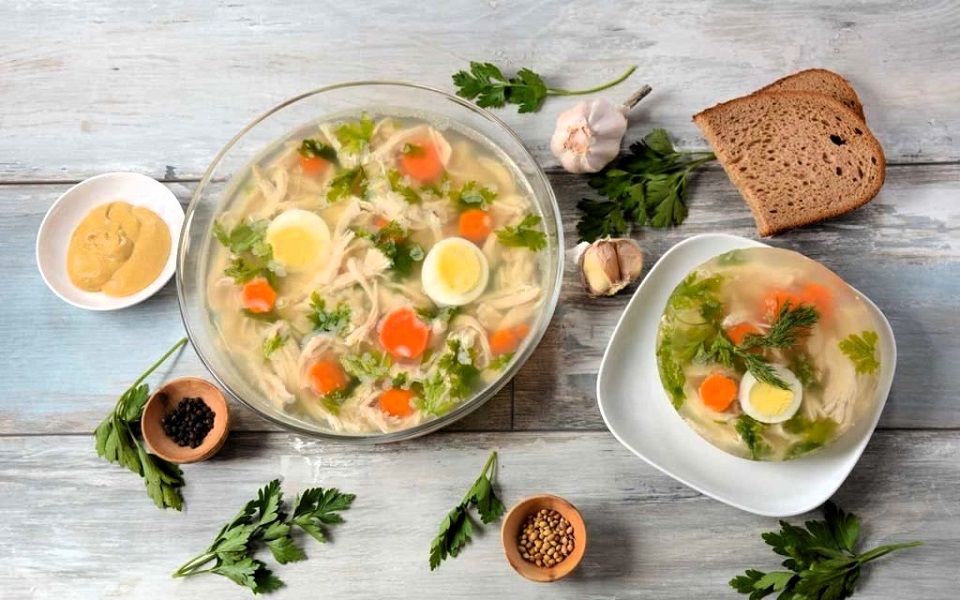Estonians have a deep relationship with their food. They like to know where it comes from and prefer local products over anything else. This is one of the reasons that Estonian cuisine, whether it's traditional or modern, has such a strong connection with the changing seasons and the land nearby. Of course, Estonia is also a modern food destination, which means fusing together different styles and constantly innovating for different tastes. To understand the full range of the Estonian palette, you'd need to travel throughout the country.
The basics of Estonian cooking
Bread has at least three different names in Estonian – that's how serious we are about the loaf. Black rye bread with a thin crispy crust is quite healthy and you can find a range of different options in all shapes and sizes in local markets. Many restaurants also serve freshly baked bread using their own secret recipes. With a spread of Estonia's famous full-fat salty butter, the local bread is sure to tingle your taste buds.Alongside bread, other Estonian staples include potatoes and pork. You'll also find quite a few dairy products like cheese, kefir, milk, and yogurt. Additionally, much of Estonia eats lots of fish, with herring being a perennial favorite.
An ode to the pure, fresh, and seasonal
In Estonia, the menu changes with the seasons. Many restaurants and food sellers will change their selection as the temperature shifts. That means the fruits and vegetables change and are preserved throughout the year, while heartier fare and food preserved in the summer and autumn are eaten in the wintertime. These heartier foods come together during the holiday season for Christmas dinner.Estonians have a specific relationship with food and part of that means knowing where it comes from. The more local, the better. In fact, many Estonians enjoy harvesting their own food. Some people maintain a small garden for themselves for growing vegetables. Likewise, berry and mushroom picking in Estonia is something of a national pastime during the late summer and autumn. Other autumnal ingredients included freshly picked apples, root vegetables, and wild game such as elk. The season also means preserving food for the winter ahead through pickling and canning.With such a deep connection to local ingredients, the taste of Estonian cooking can change a lot depending on where you go. With 3,800 km of coastline, Estonian cooking offers loads of coastal delicacies of fish and seafood in the north and in the islands. In addition to fish, cuisine in Northern Estonia traditionally combines potatoes, barly, and greenhouse-grown produce. In Southern Estonian, you can eat your way around the Lake Peipus region and tour the Onion Route, where you'll find loads of onion-based dishes. The onion pies are not to be missed!
Food and Drink
A huge part of Estonian food is the drink culture that goes with it. These days, Estonia has become a hotspot for innovative brewing. As a result, Estonian craft beer can be found almost everywhere in the country, so you're sure to find something that matches your tastes. Alongside beer, you can also try out mõdu which is a honey-based drink similar to mead as well as kali, a kind of low-alcohol root beer.Along with the heartier drinks, there's a long winemaking tradition in Estonia. Unlike conventional wine, Estonian wines are made from berries, with blackcurrants being a common favorite. What's special about Estonian wine is how well it goes with certain desserts.
The Sweeter Side of Estonia
Speaking of desserts, Estonia also has plenty to offer those with a sweet tooth. Estonian desserts include plenty of cakes, pastries, crumbles, and pies made with berries, jam, and chocolate. Additionally, Estonia has its own practice of making chocolate that goes back to the 18th century and was based on marzipan. Since then Estonian chocolate has had its own unique tradition and includes varieties you can't find outside of Estonia.
Affordable gourmet food
International and fusion gourmet food can be enjoyed very inexpensively in Estonia, making this a desired destination for foodies. A true five-course gourmet feast in Tallinn can cost half the price of a dinner you'd get in most European capitals. For those who travel for their taste buds, there's something for everyone. The Estonian restaurant scene has embraced fusion cooking in full force, so in addition to new Nordic cooking, you can try innovative modern cuisine. In 2022, Estonia became the first Baltic country to welcome MICHELIN Guide inspectors, marking the next step on the road of evolution for a cuisine steeped in tradition.
Quoc Huy




More Articles
View: 36